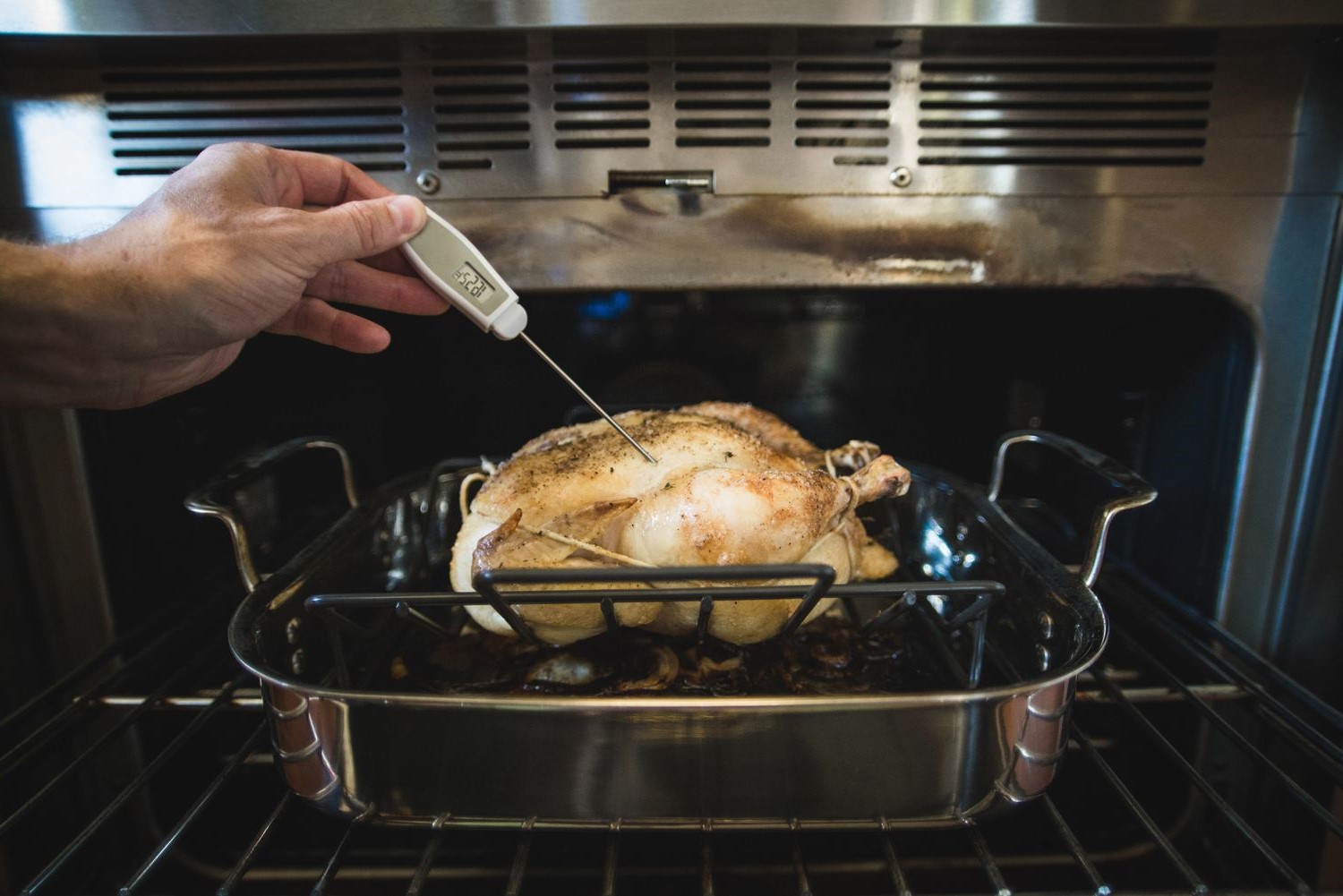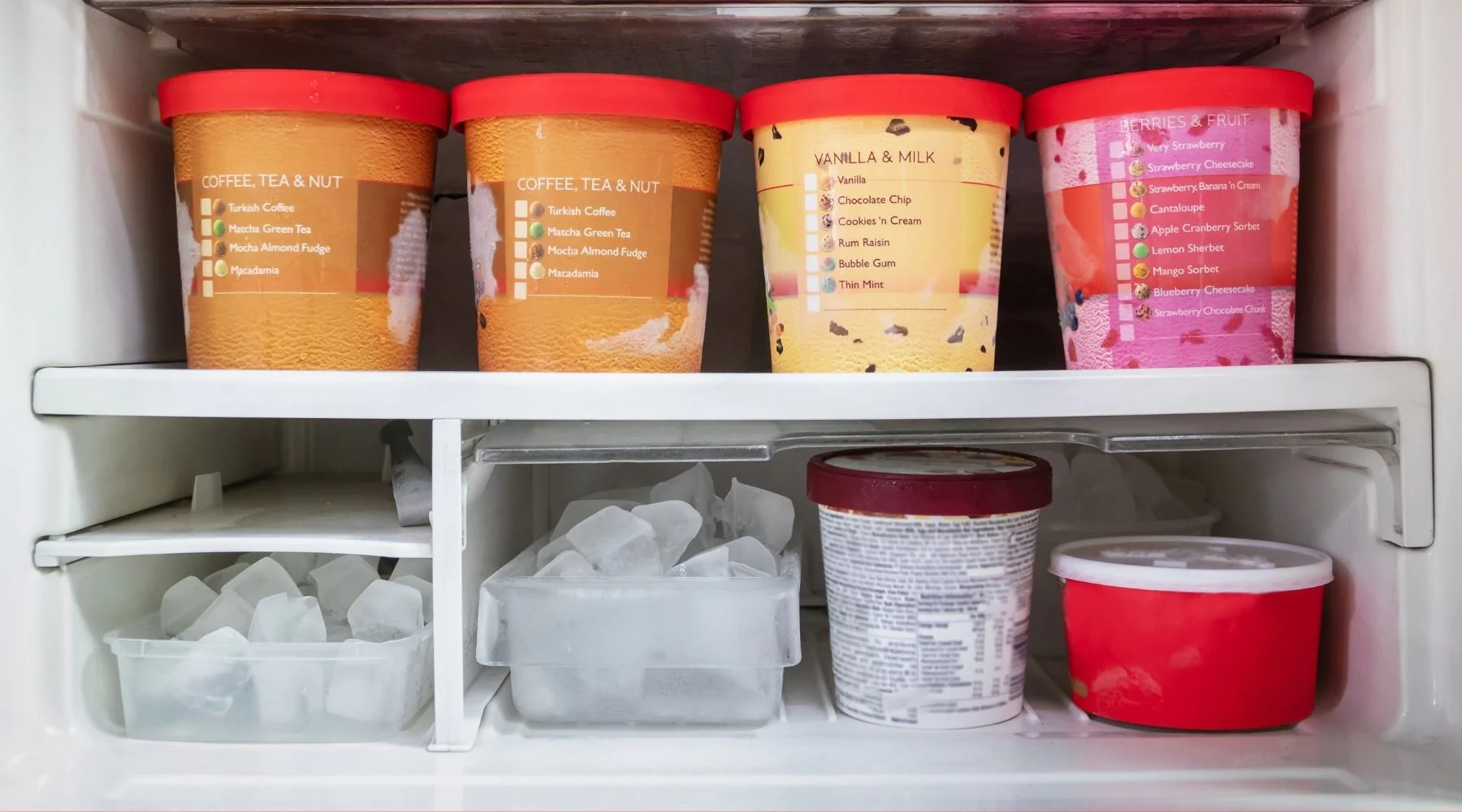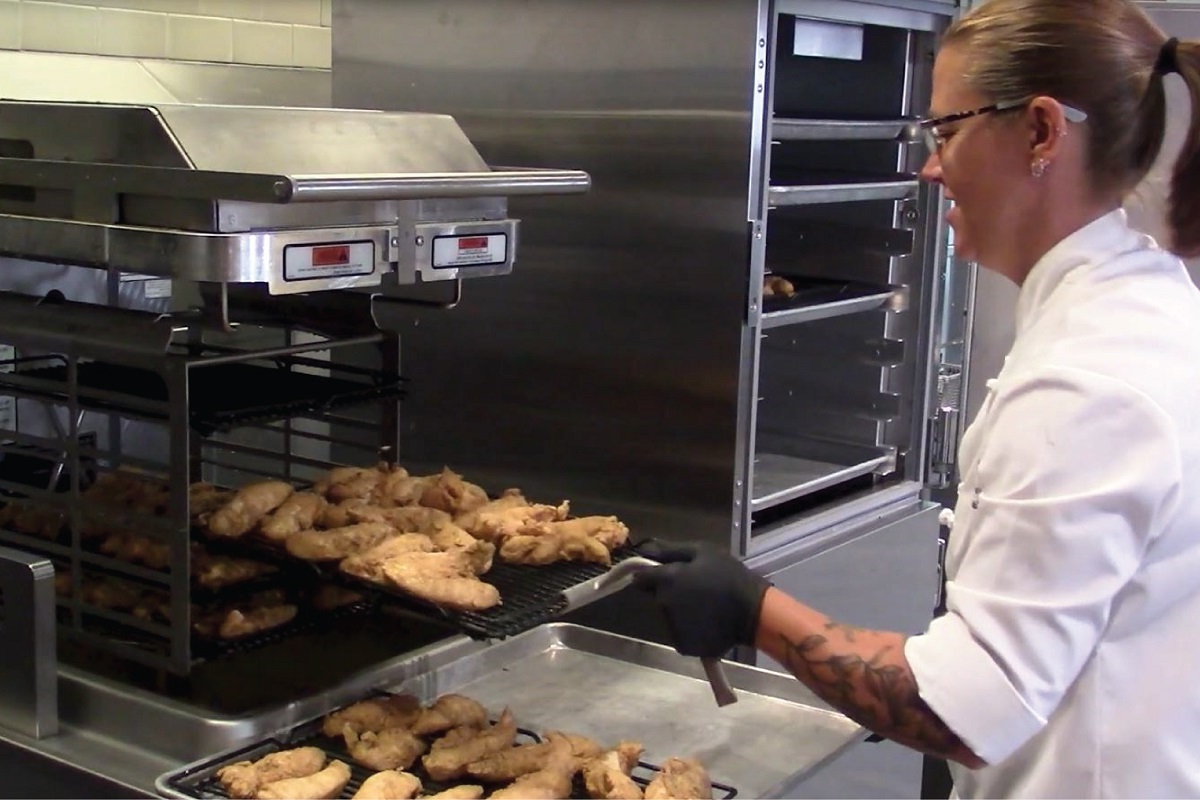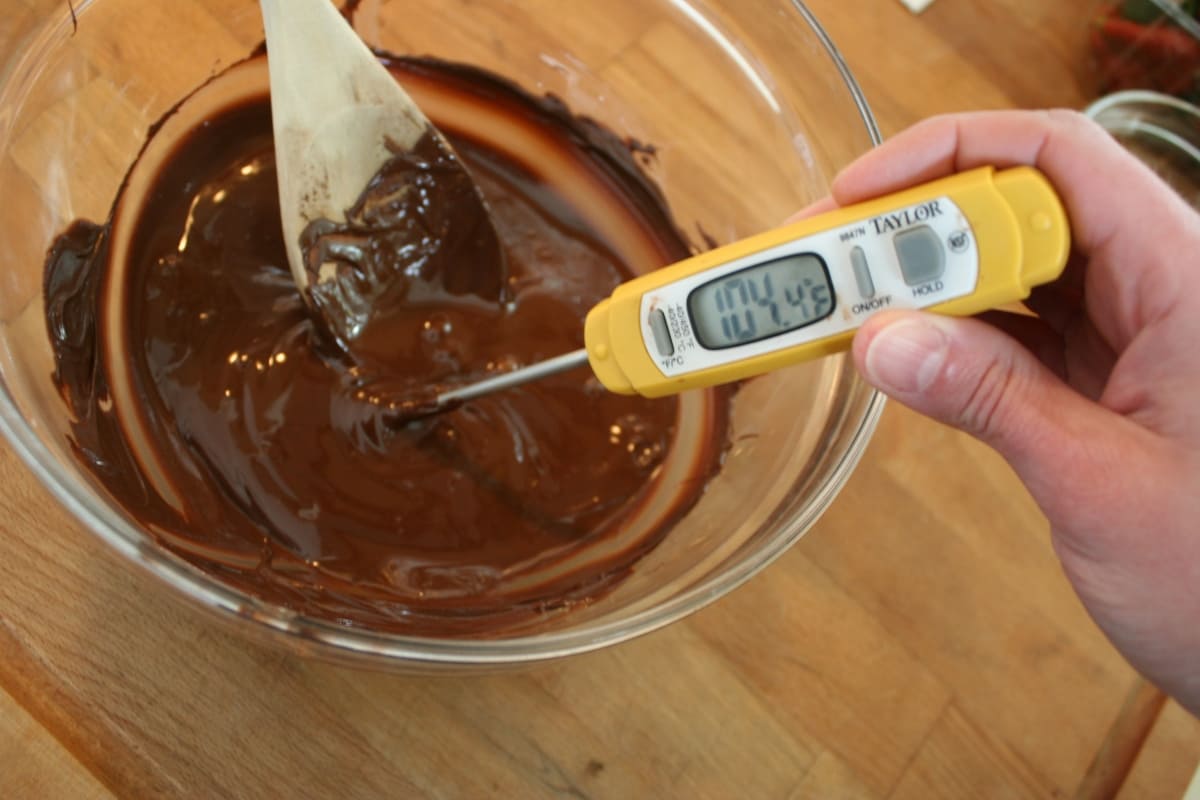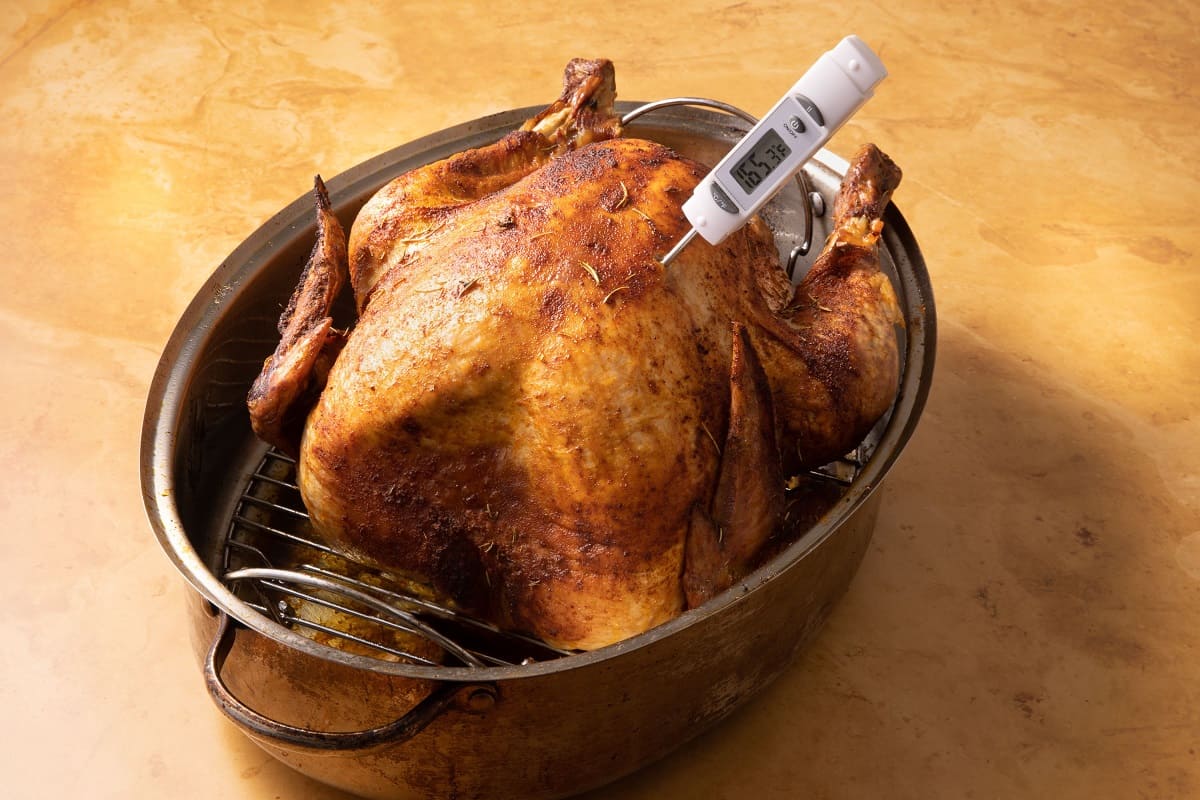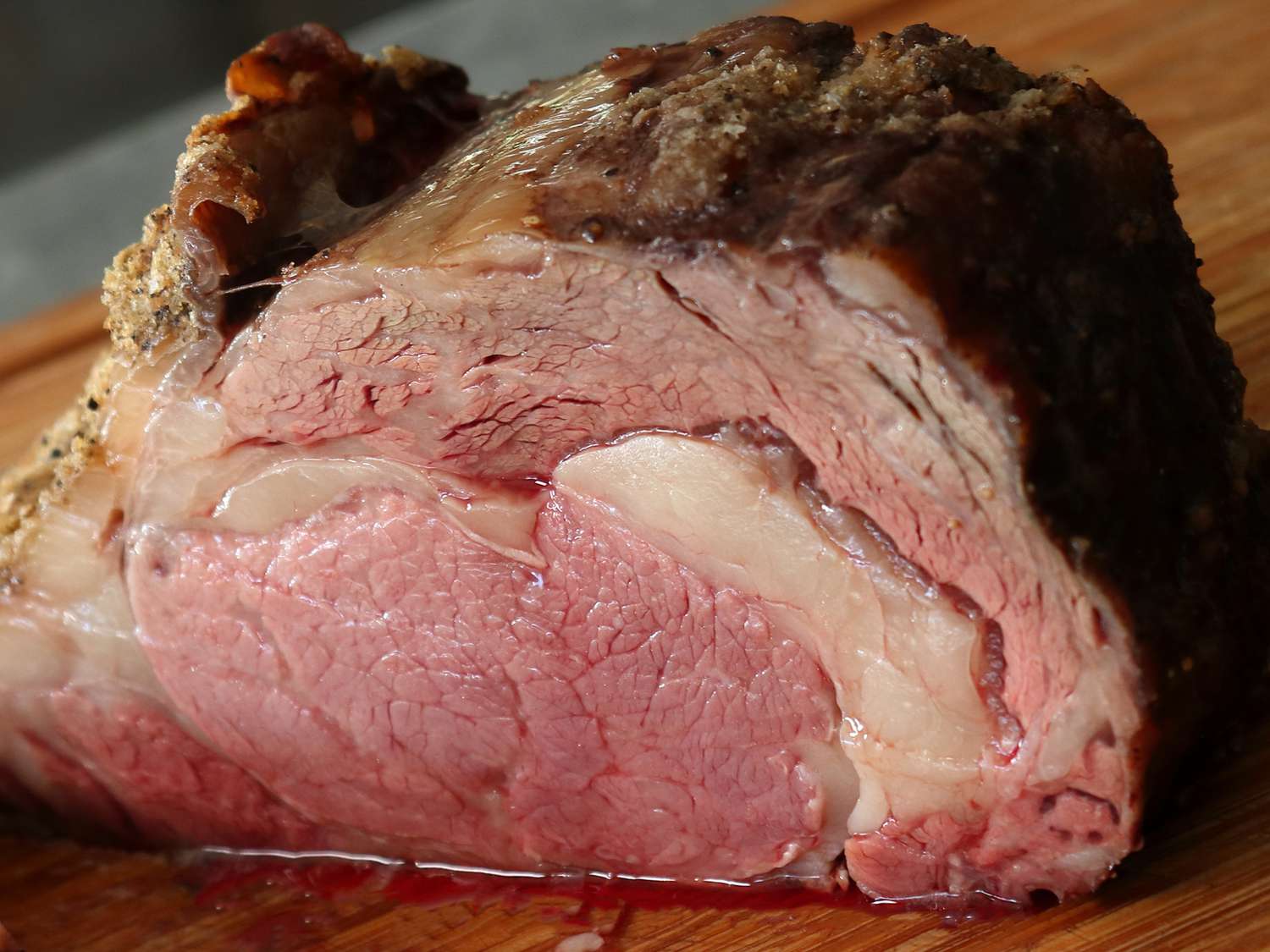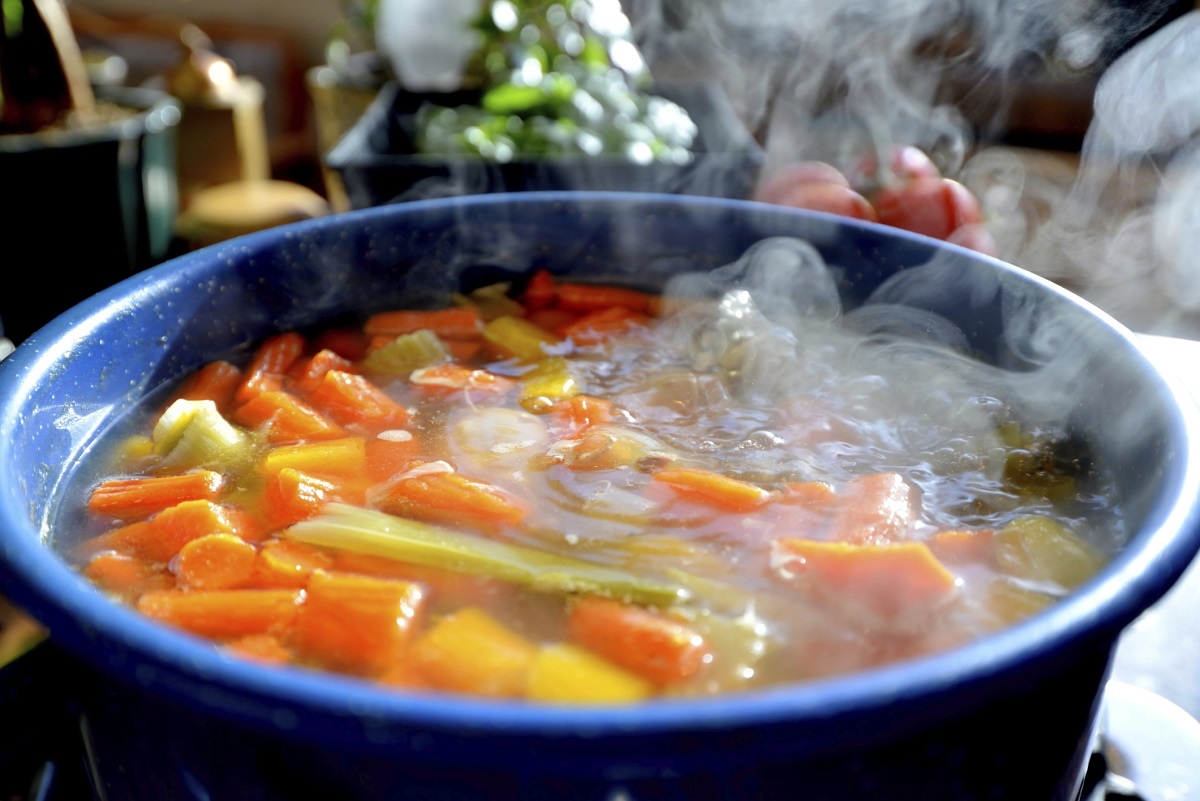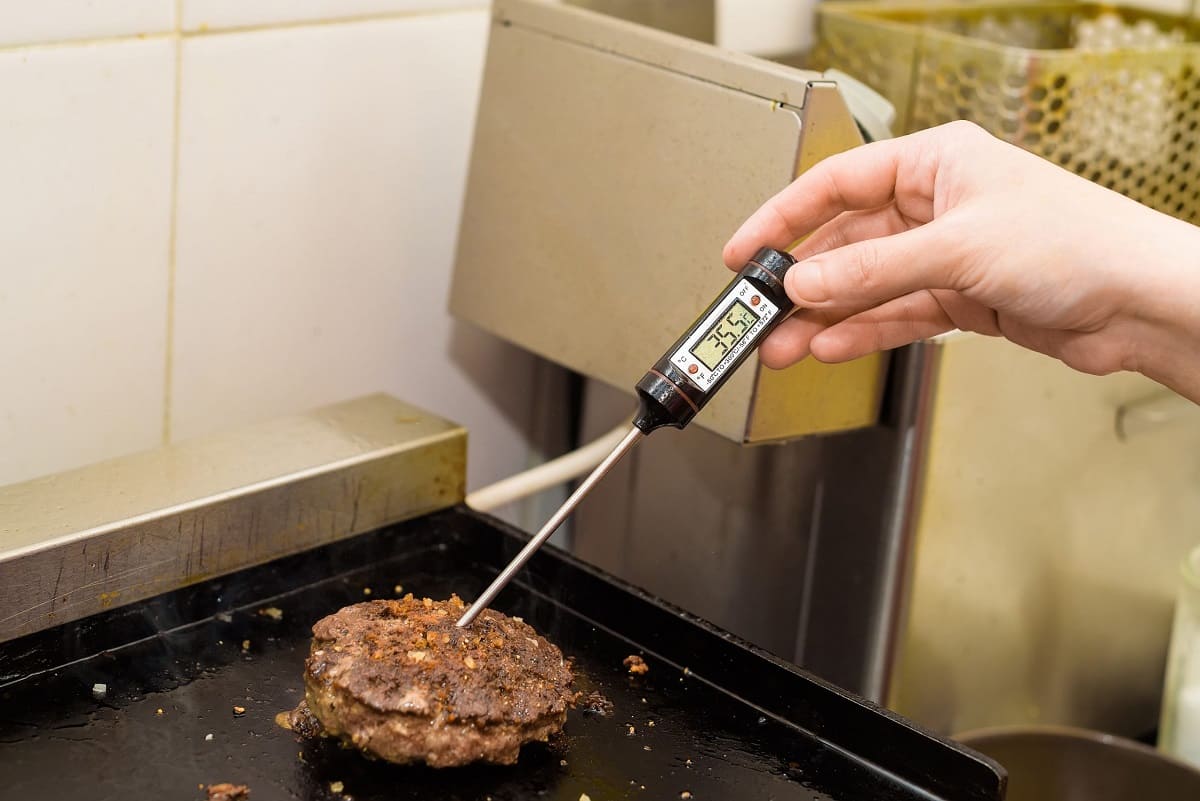Home>Culinary & Beverages>Proper Steps To Take When Food Is Stored At Incorrect Temperatures


Culinary & Beverages
Proper Steps To Take When Food Is Stored At Incorrect Temperatures
Published: March 3, 2024
Learn the proper steps to take when food is stored at incorrect temperatures. Keep your culinary & beverages safe with these essential tips.
(Many of the links in this article redirect to a specific reviewed product. Your purchase of these products through affiliate links helps to generate commission for Temperatures.com, at no extra cost. Learn more)
Table of Contents
Importance of Proper Food Storage
Proper food storage is a critical aspect of maintaining food safety and quality. It ensures that the food we consume is free from harmful bacteria, maintains its nutritional value, and stays fresh for an extended period. By adhering to the recommended storage guidelines, we can prevent foodborne illnesses and reduce food waste.
When food is stored at the correct temperatures, it slows down the growth of bacteria and other pathogens, minimizing the risk of contamination. This is particularly crucial for perishable items such as meat, dairy products, and fresh produce. By keeping these foods at the appropriate temperature, we can preserve their texture, flavor, and overall quality.
Furthermore, proper food storage helps to prevent cross-contamination. When raw meat, poultry, or seafood comes into contact with ready-to-eat foods, there is a risk of transferring harmful bacteria. By storing these items separately and at the right temperatures, we can mitigate this risk and uphold food safety standards.
In addition to food safety, proper storage also plays a significant role in minimizing food waste. When perishable items are stored correctly, they maintain their freshness for a longer period, reducing the likelihood of spoilage. This not only saves money for individuals and businesses but also contributes to reducing overall food waste, which is a critical environmental concern.
By understanding the importance of proper food storage and following the recommended guidelines, we can safeguard our health, preserve the quality of our food, and contribute to sustainable practices. It is a fundamental aspect of responsible food handling and an essential step in ensuring that the meals we prepare and consume are safe and enjoyable.
Risks of Storing Food at Incorrect Temperatures
Storing food at incorrect temperatures poses significant risks that can compromise food safety and quality. When perishable items such as meat, dairy products, and certain fruits and vegetables are exposed to temperatures outside the recommended range, the potential consequences can be detrimental. Understanding these risks is crucial for maintaining the integrity of our food supply and safeguarding public health.
One of the primary risks of storing food at incorrect temperatures is the proliferation of harmful bacteria. When perishable foods are kept in the temperature danger zone, which typically ranges from 40°F to 140°F (4°C to 60°C), bacteria such as Salmonella, E. coli, and Listeria can multiply rapidly. This increases the likelihood of foodborne illnesses, which can lead to symptoms ranging from mild gastrointestinal discomfort to severe and potentially life-threatening conditions.
Moreover, when food is stored at temperatures that are too high, the risk of spoilage and food waste escalates. Heat can accelerate the breakdown of proteins and fats in food, leading to changes in texture, flavor, and overall quality. This can result in the discoloration, off-putting odors, and the development of mold, rendering the food unfit for consumption. As a consequence, valuable resources are wasted, and the economic impact of food spoilage is felt across the supply chain.
Conversely, storing food at excessively low temperatures, particularly in the case of freezing, can also pose risks. While freezing can effectively preserve food, improper storage can lead to freezer burn, which causes dehydration and deterioration of the food's quality. Additionally, fluctuations in temperature within a freezer can compromise the texture and taste of frozen items, impacting their appeal and usability.
Furthermore, incorrect storage temperatures can affect the nutritional value of food. For instance, exposure to temperatures that are too high can lead to the degradation of essential nutrients, such as vitamins and antioxidants, in fruits and vegetables. This diminishes the nutritional benefits of these foods, impacting the overall health and well-being of consumers.
In food service establishments, storing food at incorrect temperatures can also result in regulatory violations and reputational damage. Failing to adhere to food safety guidelines can lead to fines, closure orders, and a loss of consumer trust, which can have long-term implications for businesses.
Understanding the risks associated with storing food at incorrect temperatures underscores the importance of strict adherence to recommended storage practices. By maintaining proper temperature control throughout the food supply chain, from production and distribution to storage and preparation, we can mitigate these risks and uphold the safety and quality of our food.
Identifying Incorrectly Stored Food
Identifying incorrectly stored food is essential for maintaining food safety and quality. Whether in a commercial kitchen, a retail setting, or at home, being able to recognize signs of improper food storage is crucial for preventing the consumption of compromised items. Here are key indicators to look for when assessing the condition of stored food:
-
Temperature Discrepancies: One of the primary indicators of incorrectly stored food is temperature discrepancies. When perishable items are not maintained at the appropriate temperature, it can lead to spoilage and bacterial growth. For instance, if refrigerated items feel warm to the touch or frozen foods show signs of partial thawing, it may indicate temperature fluctuations that compromise their safety and quality.
-
Unusual Odors: Unpleasant or unusual odors emanating from stored food can be a red flag. For example, dairy products, when stored at incorrect temperatures, may develop a sour or rancid smell, indicating potential spoilage. Similarly, meats and seafood that emit a strong, off-putting odor may have deteriorated due to improper storage conditions.
-
Visible Mold or Discoloration: Mold growth and discoloration on food items are clear indications of improper storage. Fruits, vegetables, bread, and other perishable items that exhibit mold growth or unusual discoloration should be discarded, as these are signs of spoilage resulting from inadequate storage conditions.
-
Texture Changes: Improperly stored frozen foods may display texture changes, such as freezer burn or ice crystals, indicating fluctuations in temperature. Additionally, items like bread and pastries stored at room temperature may become stale or excessively dry, signaling compromised quality due to incorrect storage.
-
Packaging Integrity: Inspecting the integrity of food packaging is crucial for identifying incorrectly stored items. Damaged, swollen, or compromised packaging, particularly in canned goods and vacuum-sealed products, can indicate potential contamination or compromised shelf stability due to improper storage.
-
Expiry Dates and Labels: Checking expiration dates and labels on food items is essential for identifying incorrectly stored products. If items are past their expiration dates or show signs of tampering or damage to labels, it may indicate improper storage conditions that have compromised their safety and quality.
By being vigilant and attentive to these indicators, individuals and food service professionals can effectively identify incorrectly stored food, take appropriate corrective actions, and prevent the consumption of compromised items. This proactive approach contributes to upholding food safety standards and ensuring that only safe and high-quality food reaches consumers' tables.
Steps to Take When Food is Stored at Incorrect Temperatures
When food is found to be stored at incorrect temperatures, prompt action is essential to mitigate potential risks and preserve the safety and quality of the affected items. Here are the crucial steps to take in such a scenario:
-
Assessment of the Situation: Begin by conducting a thorough assessment of the improperly stored food. Check for visible signs of spoilage, such as unusual odors, mold growth, discoloration, or texture changes. Evaluate the duration and extent of the temperature deviation to gauge the potential impact on the safety and quality of the items.
-
Segregation and Labeling: If the incorrectly stored food is identified in a commercial or retail setting, promptly segregate it from other inventory to prevent cross-contamination. Clearly label the affected items to indicate their compromised status and prevent accidental use or sale.
-
Documentation and Reporting: Maintain detailed records of the incident, including the date and time of the temperature deviation, the affected food items, and any relevant observations. If applicable, report the incident to the appropriate authorities or management to ensure transparency and compliance with regulatory requirements.
-
Disposition of the Food: Depending on the severity of the temperature deviation and the condition of the food, determine the appropriate disposition. If the items show signs of spoilage or compromise, promptly discard them following established food safety protocols. For items with questionable integrity, consider contacting relevant food safety experts or regulatory agencies for guidance on safe handling and disposal.
-
Corrective Actions and Remediation: Implement corrective measures to address the root cause of the temperature deviation. This may involve inspecting and recalibrating storage equipment, reinforcing staff training on proper storage practices, or reviewing and revising standard operating procedures to prevent similar incidents in the future.
-
Communication and Notification: In a commercial or institutional setting, communicate the incident and its resolution to relevant stakeholders, including staff members, management, and, if applicable, customers or consumers. Transparent communication fosters accountability and trust while demonstrating a commitment to upholding food safety standards.
-
Preventive Measures: Take proactive steps to prevent future occurrences of incorrect food storage. This may involve conducting regular equipment maintenance, enhancing temperature monitoring and recording processes, and reinforcing staff awareness of the critical importance of proper storage practices.
-
Training and Education: Provide additional training and educational resources to staff members involved in food handling and storage. Emphasize the significance of adhering to recommended storage guidelines and the potential consequences of improper storage practices on food safety and quality.
By diligently following these steps when food is stored at incorrect temperatures, individuals and food service professionals can effectively address the immediate concerns, prevent potential hazards, and reinforce a culture of vigilance and responsibility in maintaining the safety and quality of stored food items.
Preventing Incorrect Food Storage in the Future
Preventing incorrect food storage in the future requires a proactive and comprehensive approach to uphold food safety and quality standards. By implementing robust preventive measures and fostering a culture of diligence and accountability, individuals and food service establishments can significantly reduce the risk of temperature-related storage issues. Here are key strategies to prevent incorrect food storage in the future:
-
Enhanced Training and Education: Invest in comprehensive training programs for food handling and storage personnel. Ensure that staff members are well-versed in the recommended storage guidelines for various food categories, including perishable items, frozen goods, and dry goods. Emphasize the critical importance of temperature control and monitoring to prevent deviations that could compromise food safety and quality.
-
Regular Equipment Maintenance: Establish a routine maintenance schedule for refrigeration units, freezers, and other storage equipment. Regular inspections and servicing can help identify and address potential issues that may lead to temperature fluctuations. Calibrate temperature monitoring devices to ensure accuracy and reliability in tracking storage conditions.
-
Temperature Monitoring Protocols: Implement stringent temperature monitoring protocols, including frequent checks and record-keeping of storage temperatures. Utilize digital monitoring systems where feasible to provide real-time alerts for any deviations from the recommended temperature ranges. This proactive approach enables swift corrective action in the event of unexpected fluctuations.
-
Storage Organization and Segregation: Clearly define storage areas for different food categories and establish protocols for segregation. Keep perishable items separate from non-perishable goods and designate specific areas for raw meats, dairy products, and ready-to-eat foods. This minimizes the risk of cross-contamination and facilitates targeted temperature control for different types of food.
-
Quality Control Checks: Implement regular quality control checks to assess the condition of stored food items. Train staff to recognize signs of spoilage, such as unusual odors, discoloration, or packaging integrity issues. Encourage a proactive approach to identifying and addressing potential storage concerns before they escalate.
-
Documentation and Reporting: Maintain detailed records of temperature monitoring, corrective actions, and any incidents related to storage deviations. Establish clear reporting channels for staff to communicate observed issues promptly. Documentation serves as a valuable resource for identifying trends, addressing recurring issues, and demonstrating compliance with food safety regulations.
-
Continuous Improvement Initiatives: Foster a culture of continuous improvement by soliciting feedback from staff members involved in food storage. Encourage them to contribute insights and suggestions for enhancing storage practices. Actively seek opportunities to refine existing protocols and incorporate best practices to optimize food storage processes.
By integrating these preventive measures into daily operations, individuals and food service establishments can fortify their commitment to maintaining proper food storage practices. This proactive approach not only mitigates the risks associated with incorrect food storage but also reinforces a culture of excellence and responsibility in upholding food safety and quality standards.
